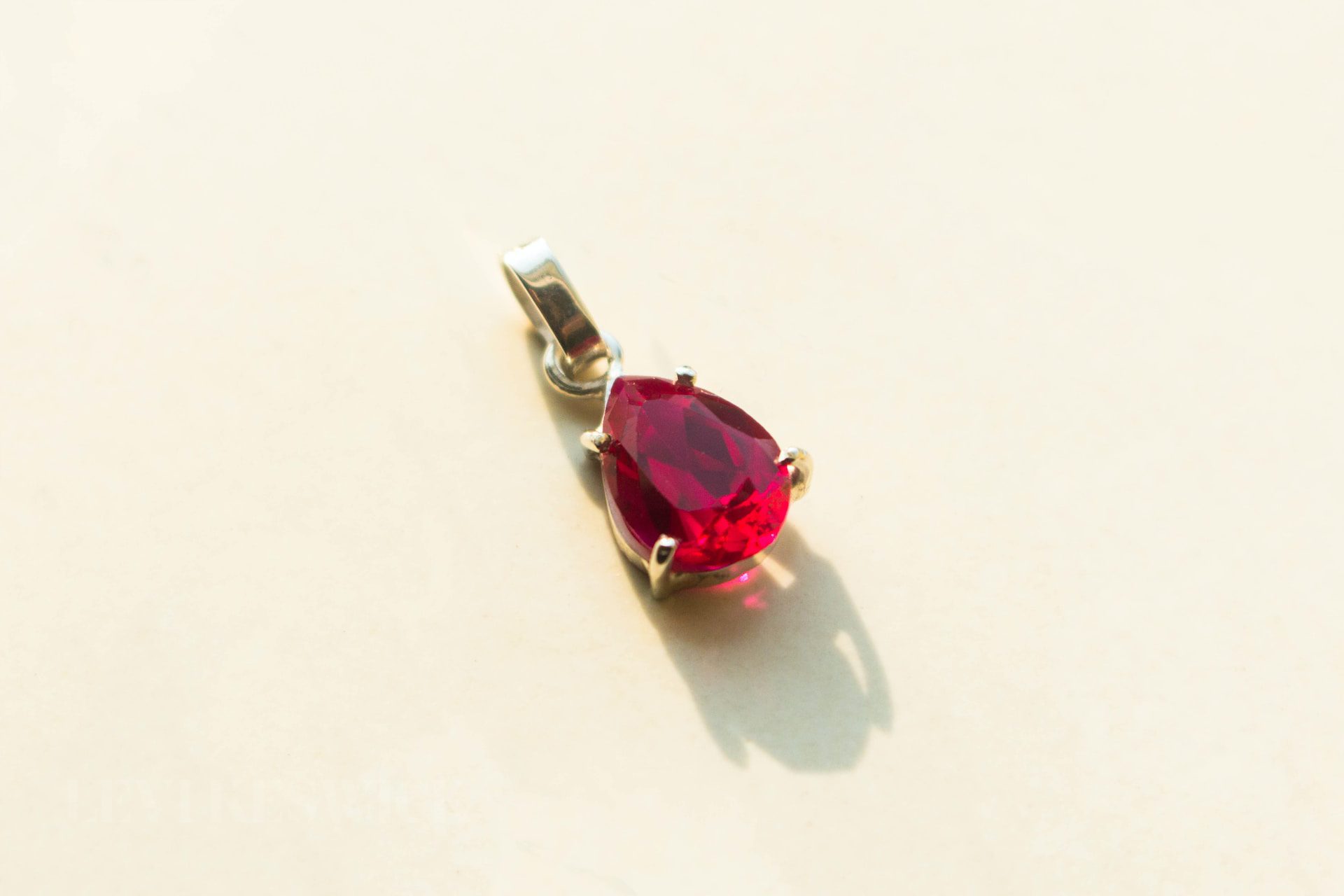Key Takeaways:
- Painite is an extremely rare gemstone with only three crystals known to exist until 2001.
- The gem is characterized by its deep red hue but facetable material remains scarce.
- Painite exclusively originates from Myanmar and is often misidentified due to similarities with other stones.
- Although valuable, it is crucial to handle and care for painite delicately due to potential inclusions and fractures.
The Enigma of Painite’s Existence
Painite, a gem that remained nearly mythical until the 21st century, has intrigued gem enthusiasts and experts alike. With only three known crystals in existence until 2001, it was once dubbed the world’s rarest gemstone. The subsequent discoveries have brought forth more specimens, but a painite ring for sale with a large, facetable gem remains an extraordinary find.
Origins and Discoveries: From Obscurity to Recognition
The mystique of painite began with its discovery in Myanmar. The first recognized specimen, a lone crystal, was only classified as a unique gem species in 1957. Even after this identification, the gem remained elusive. By the dawn of the new millennium, only three crystals had been unearthed. However, the early 2000s marked a surge in discoveries, leading to the recovery of over a thousand crystals and fragments. Despite this seemingly abundant find, gem-quality, facetable painite remains an extreme rarity.
Painite in Jewelry: A Precarious Beauty
At face value, painite boasts qualities fit for magnificent jewelry – a hardness comparable to topaz, dazzling brilliance, and an enchanting red hue. Yet, crafting jewelry from this gem is not without its challenges. Painite often exhibits a plethora of inclusions and fractures, necessitating meticulous craftsmanship. As a result, painite gems, especially in rings, tend to be petite, subtly capturing its charm without compromising its integrity.
The Identity Crisis: Painite’s Doppelgangers
Due to its overlap in color and specific gravity with almandines, spessartites, and even rubies, there have been instances where painite has been mistaken for these more common gems. Yet, for the trained eye, distinctions emerge. Painite’s unique refractive index sets it apart from rubies, and its distinct birefringence and absorption spectrum differentiate it from garnets. Such distinctions came to light in 2007 when a specimen, previously labeled as a tourmaline with rubies from Mogok, was re-identified as painite.
The Authenticity Factor: Synthetics and Imitations
In an age where synthetic gems and treatments have become prevalent, prospective buyers might question the authenticity of a painite ring for sale. However, rest assured, there are no known synthetic counterparts or treatments for painite, preserving its unparalleled authenticity.
Painite’s Homestead: The Burmese Connection
Myanmar stands as the guardian of painite, being the only known source of this enchanting gem. While Ongaing is recognized as the type locality, regions like Kyauk-Pyat-Thet in Mogok and Namyazeik in Kachin State have yielded gem-quality material, further enhancing Myanmar’s reputation as a treasure trove for rare gemstones.
Preserving the Rarity: Caring for Your Painite
Owning a painite is akin to having a piece of history. While it boasts a commendable resistance to scratches, inclusions and fractures may render it vulnerable. For those fortunate enough to possess this gem, it is advisable to steer clear from mechanical cleaning systems. Instead, a gentle cleaning with a soft brush, mild detergent, and warm water will ensure its longevity.
In conclusion, the allure of painite lies not just in its rarity but in the stories, mysteries, and histories it embodies. Whether it’s a painite ring for sale or a unique specimen for a collection, this gem continues to captivate, inspire, and remind us of nature’s endless wonders.








